NOVEMBER 21, 2022 : Today we discovered Jewish Athens, led by our private tour guide, Salvador Levy. Salvador was born and raised in Athen with a Sephardic mother and a Romaniote father. He was extremely knowledgeable and a pleasure to spend the day with. Salvador met us in front of our apartment, and we started walking towards the synagogues.
On the way, very close to our apartment, we passed the Chabad house. Chabad in Athens has daily services (not always with a minyan), a small grocery store full of Israeli products and a kosher restaurant on its premises.

Salvador was well versed not only in Jewish history, but in the general history of Athens as well. Interestingly, he told us that when Athens became the capital of Greece in 1834, it was a small town – only 7000 inhabitants. Today the population is close to 4,000,000. That means that most of the buildings in Athens were constructed in the last 150 years. Although Athens is a very ancient city, it does not feel so old, since its buildings are mostly from the last century.
The city itself is also spread over a large area. There is municipal law that you are not allowed to build taller than seven stories, and this perpetuates the sprawl. This also ensures that the Acropolis remains the stand-out feature of the city.
The population grew because people came from all over Greece to find work in the city – including the Jews. The first synagogue in modern Athens was located not far from our apartment, in the Psirri neighborhood. This neighborhood once had many Jewish families, due to its proximity to Monastiraki square – the center of commerce. Most of the Jews were merchants, mostly dealing with fabric – such as tailors and embroiders.
Earlier in our trip, we went to the War Museum near the Zagori. There they focused on how the Greeks thwarted the Italians in 1940. We were in Thessaloniki on October 28, celebrating this victory. However, we also knew that in several cities we had visited, such as Ioannina, the Italians were in control until the Germans moved in. If they Italians were defeated, how did they gain control? Salvador straightened us out about this. Yes, the Greeks beat the Italians in 1940. However, soon after in 1941, the Germans attacked Greece and achieved a quick victory. The Greeks were no match for the German war machine. Germany, then divided the country giving the Italians reign over the southern part – including Athens. The Bulgarians got the northwest corner – giving them access to the sea, which they desperately wanted. The Germans kept the northern area around Thessaloniki. The Italians had control of southern Greece until they surrendered to the Allies in 1943, and then the Germans moved in. Now we understood how the Greeks defeated the Italians and how the Italians also got control.
We reached the synagogues. Athens has two – one opposite the other on the same small street. The older one – Etz Haim – was built in 1909 and became too small as the community prospered. A new synagogue – Beth Shalom – much larger and covered in marble, was completed in 1935 across the street.
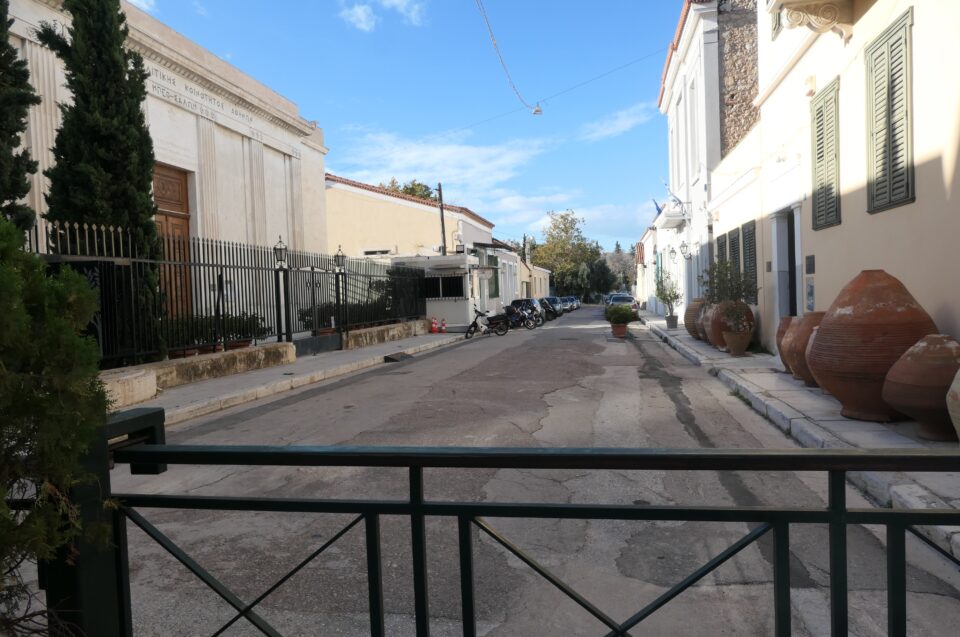
In front of the new synagogue, is a Greek Righteous Among the Nations monument, unveiled in 2016. It is a metal sculpture in the shape of a large book (for the people of the book) inscribed with the names of Greek Christians who selflessly saved many Jews by risking their life and the lives of their families. There are 362 names, including an Archbishop, Athens Chief of Police and the Mayor of Piraeus, the port of Athens.
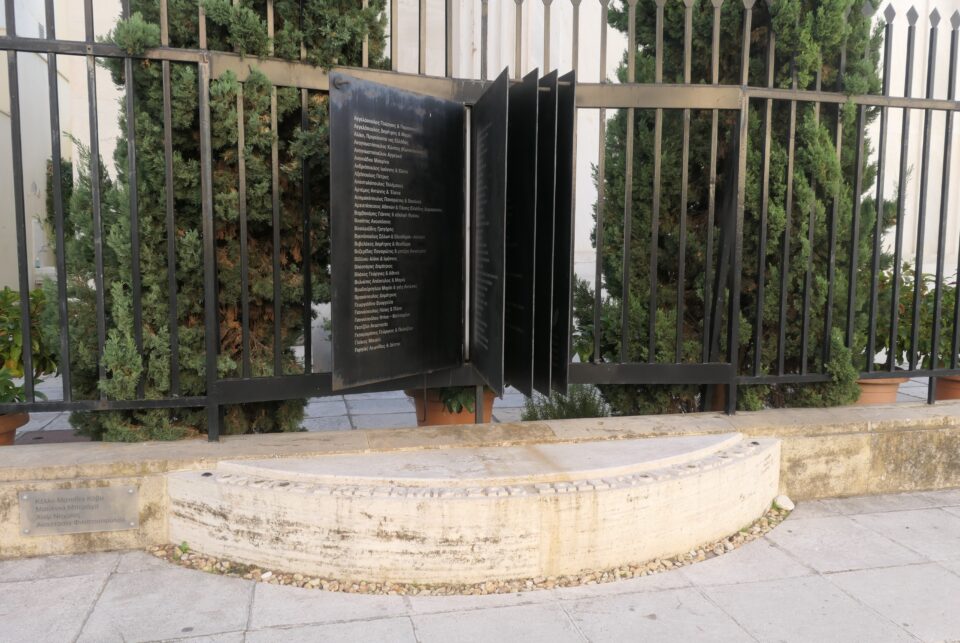
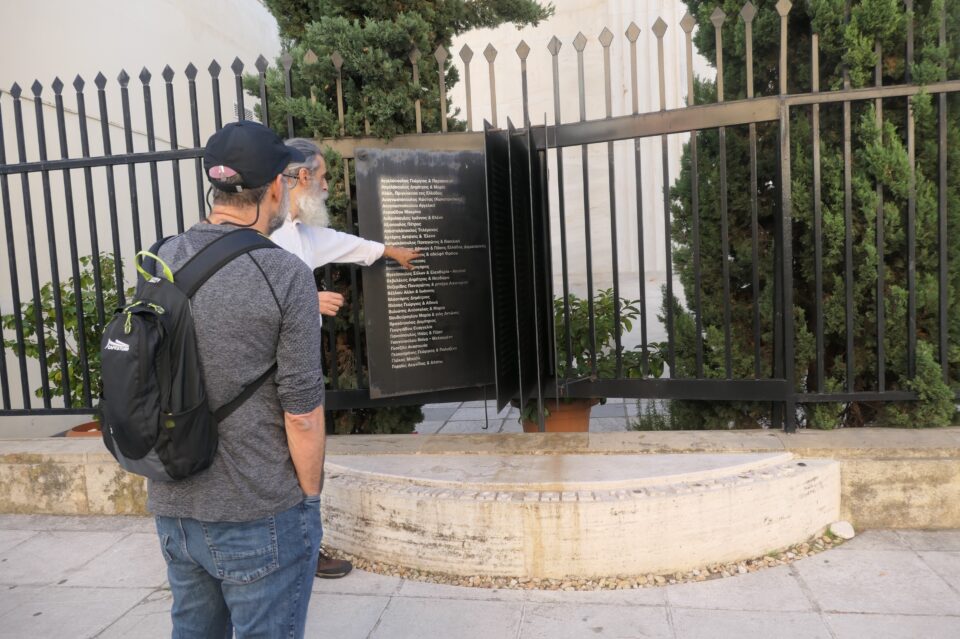
Jews had lived in Athens since the third century BCE. Yesterday, in the Agora, we saw what was thought to be a synagogue from ancient times. In 1940, the Jewish population of Athens was about 3500. In 1941, the Italians took over and the Jews then had three years or relative security. Jews from other areas, fled to Athens seeking a safe haven.
When the Germans arrived in 1944, they asked the head rabbi, Elias Barzelai, for a list of the Jews in the city. He showed them a police document revealing that the Jewish offices had been vandalized two years prior, and told them the list was destroyed. He offered to make a new list, but that would take a couple of days. The Germans agreed, and during those days, he directed the Jews to leave the city. Athens Police Chief Angelos Evert issued false identification cards and Archbishop Damaskinos Papandreou ordered the church to issue false baptismal certificates. The Mayor of Piraeus helped Christians hide Jews in their home. Through the efforts of the head rabbi, the Archibishop Damaskinos, the Chief of Police and the Mayor of Piraeus, 66 percent of Athens’s Jews were saved. Of those that escaped, many joined the resistance.
On March 25, 1944, German officials rounded up 1,690 Jews in Athens – many of whom were refugees from Thessaloniki – for deportation to Auschwitz-Birkenau. After the war, Athens became the main center of resettlement and today is the center of Jewish life in Greece.
We first visited the inside of the new synagogue (same one we had been to for Shabbat services). While the new synagogue is a neo-classical style on the outside, inside it is similar to synagogues in the USA. Today there are about 3000 Jews in Athens. They refer to themselves as a community. A community has no entrance fees, and all belong. They see themselves as traditional – flexible in their performance of Jewish rituals. Those seeking a more orthodox environment, go to Chabad.
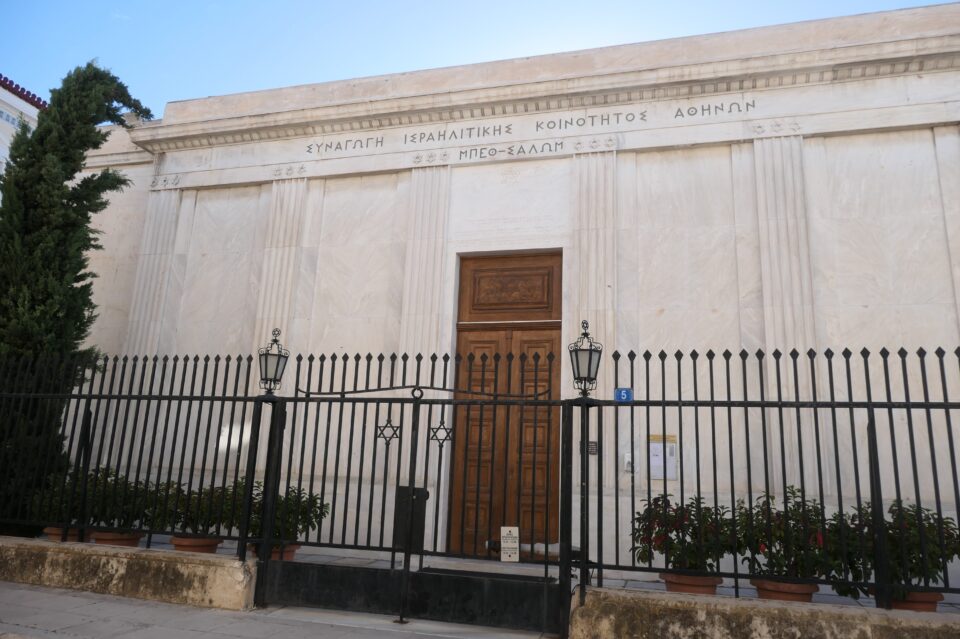
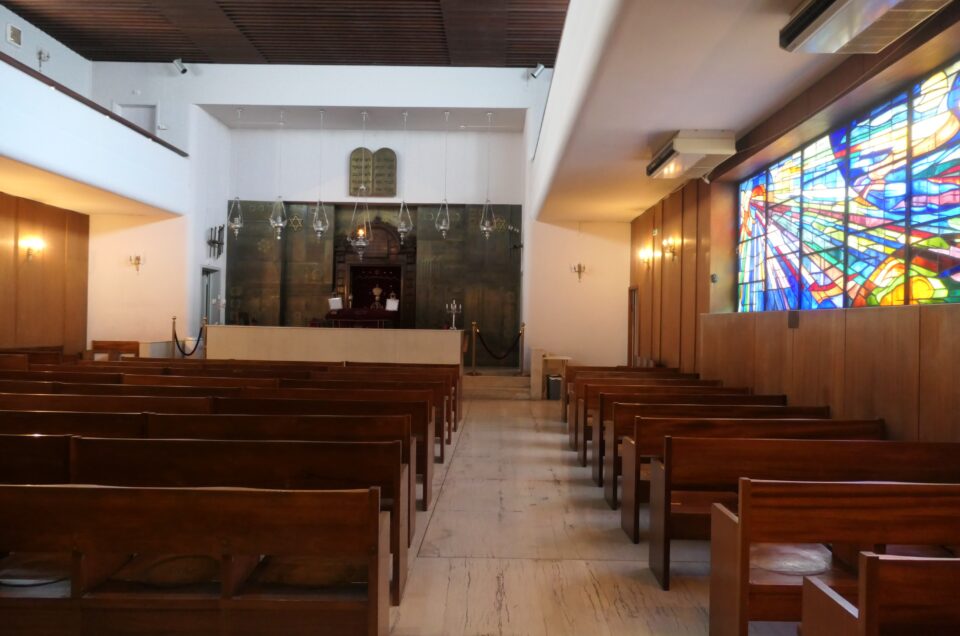
We then crossed the street to the older synagogue. To reach the prayer hall, you first pass the offices of the Jewish community – the same people you call to get permission to attend services. Like in Venetian synagogues, the prayer hall of Etz Haim was upstairs. This synagogue is only used on the holidays, for the overflow when there is not enough space in the new synagogue. Woman do not like this synagogue because it was redone several years ago and the woman’s section upstairs in the balcony was made much wider to accommodate more women. Before the renovation the woman could look down and see the bimah. Today, with the wider balcony, the bimah is directly under them and they cannot see.
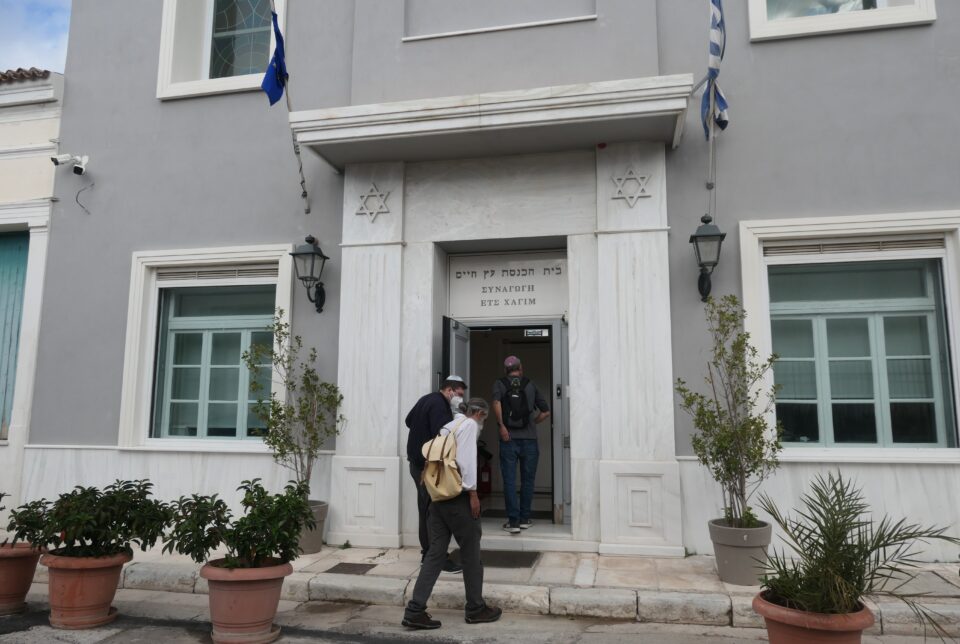
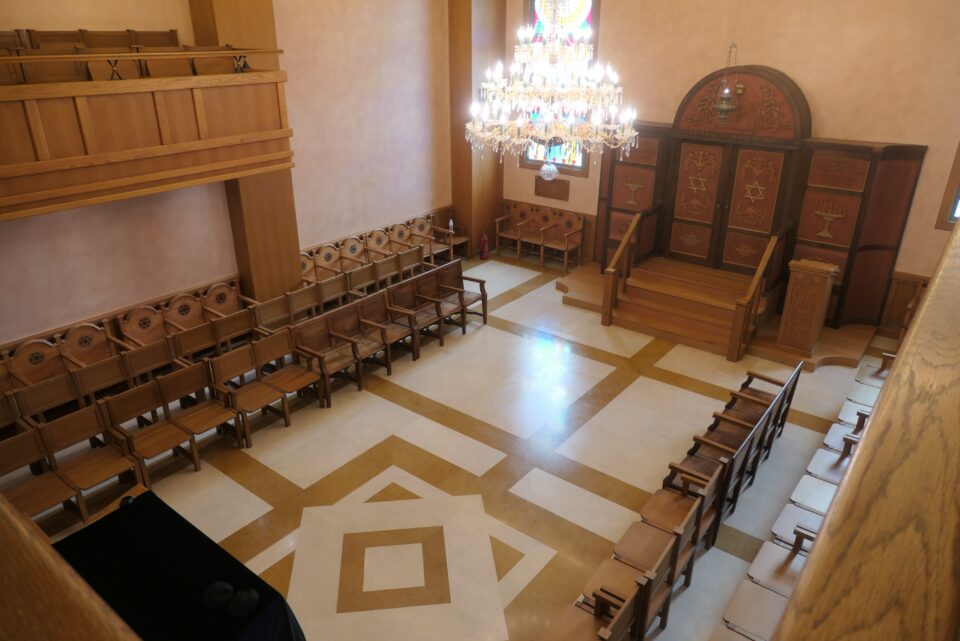
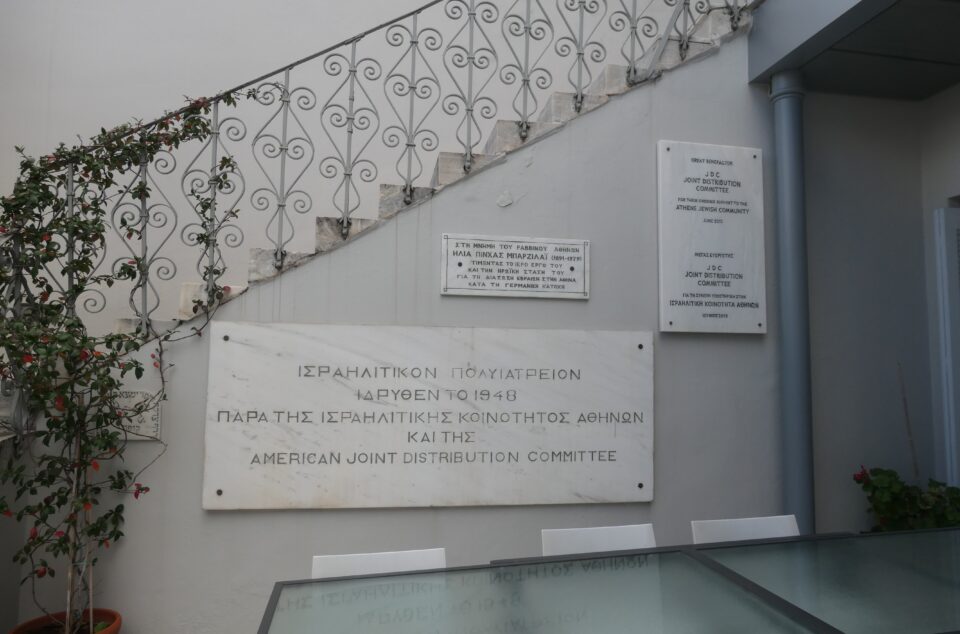
Just down the block from the synagogues is Athens’s Holocaust memorial, inaugurated by Elie Wiesel in 2010. Athens is full of ancient stone relics scattered about, and this was the inspiration for this memorial. It is a Jewish star made of boulders that have been disconnected and scattered. There are six boulders, one for each side of the Jewish star, and each boulder is engraved with names of towns. The boulders are placed in such a way that they point in the general direction to where these towns are located. We recognized many of the town names from our travels.
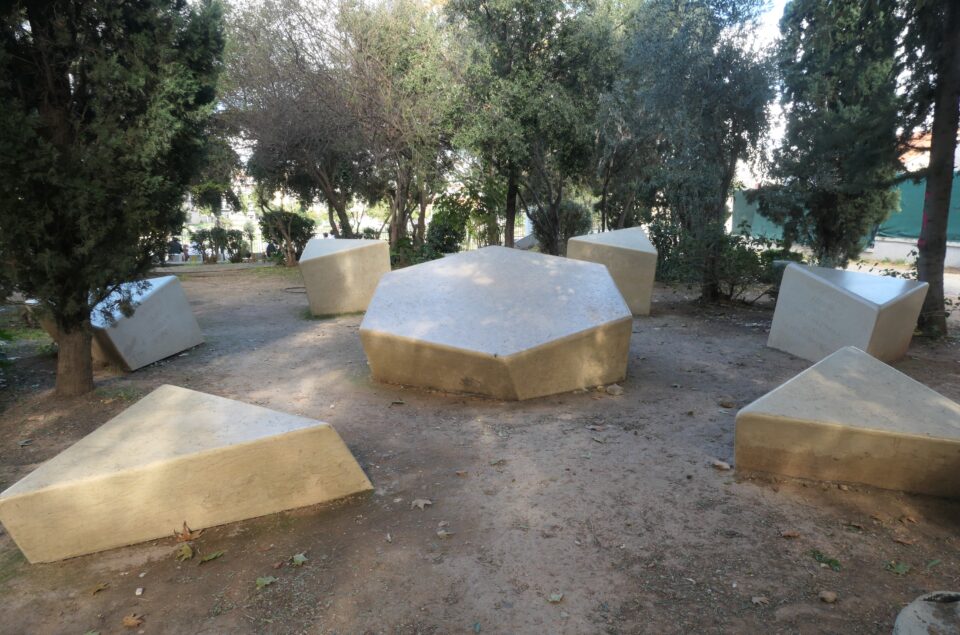
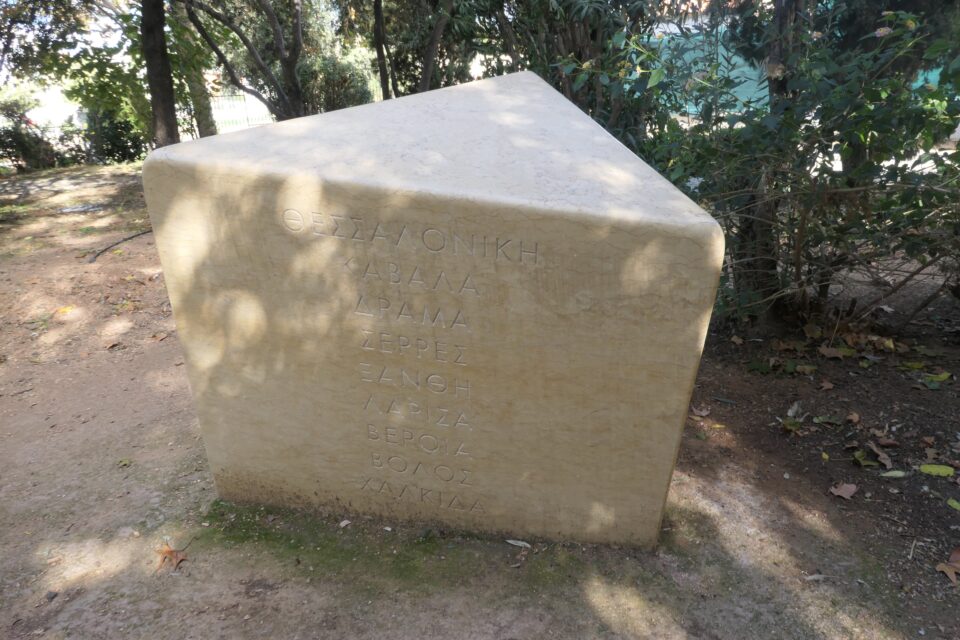
Next to the memorial is a moving inscription written by Elie Wiesel that ends with “Just remember. For by remembering we honor their deaths, and we save them from dying again – in oblivion.”
From the memorial we made our way towards the Jewish Museum. On the way, I asked Salvador about Anafiotika – a neighborhood I had read about. We were not far away, so he took us on a small detour to see it. After Greek independence, master builders from the island of Anafi were brought to Athens to help with the rebuilding of the city. During the day, they built stately houses for the Athenian elite, while at night, right under the shadow of the Acropolis, they constructed small residences for their families, in a style which reminded them of home. Today Anafiotika is a small residential neighborhood, with very narrow lanes, whitewashed houses with broad steps, and pretty gardens.

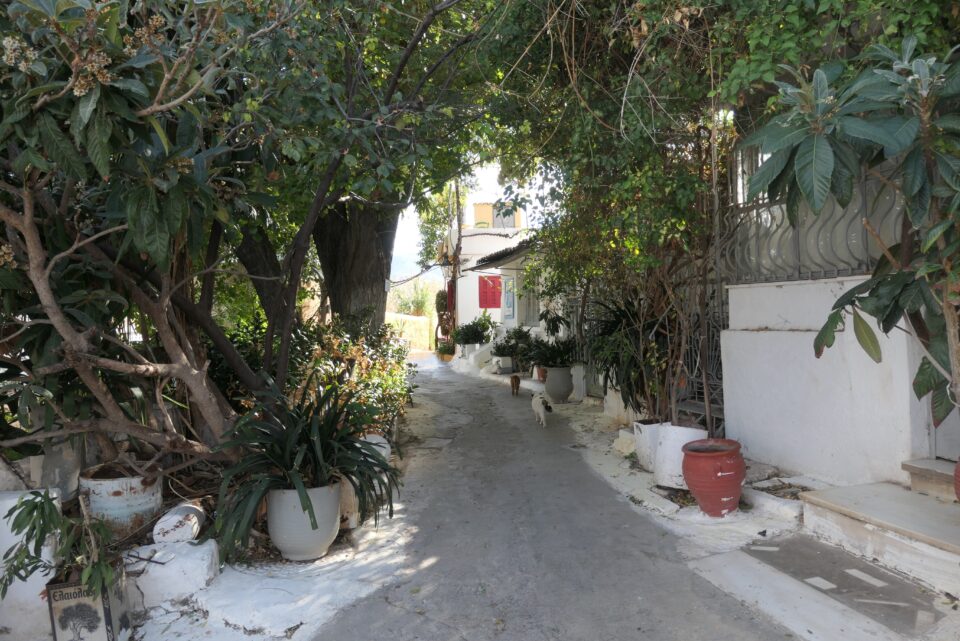
The Jewish Museum of Greece in Athens was opened in 1998. It has several floors, and has permanent exhibits about Jewish life in general, and the Jewish history of Greece in particular. Today, there was also a temporary exhibit where they asked Greek Jews if they had ever experienced any anti-Semitism. Their answers were displayed on posters, along with their photo. When we walked in, we saw on one of these posters was Nina Vital, the woman that had opened the synagogue for us in Corfu.
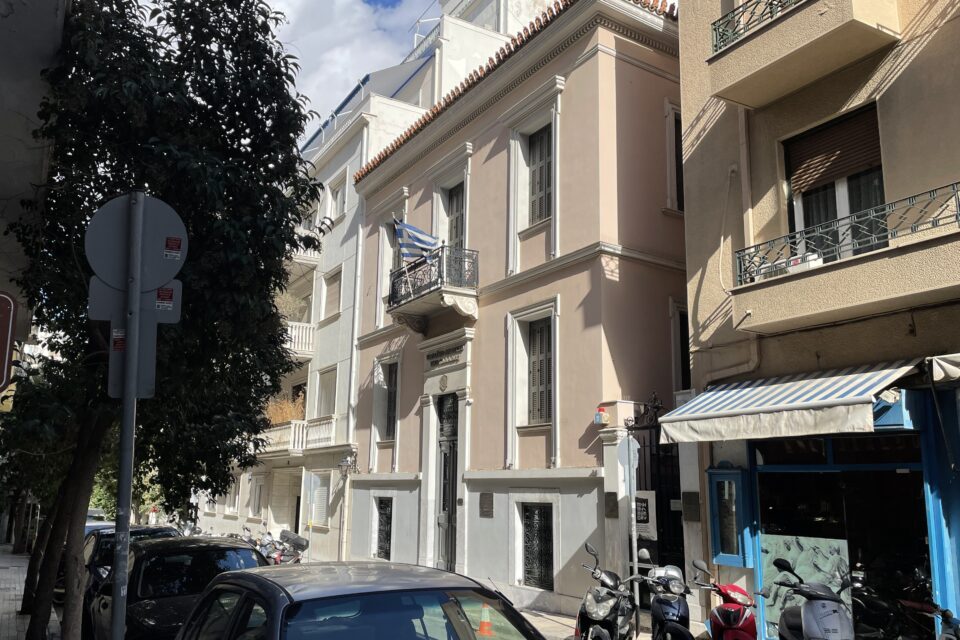
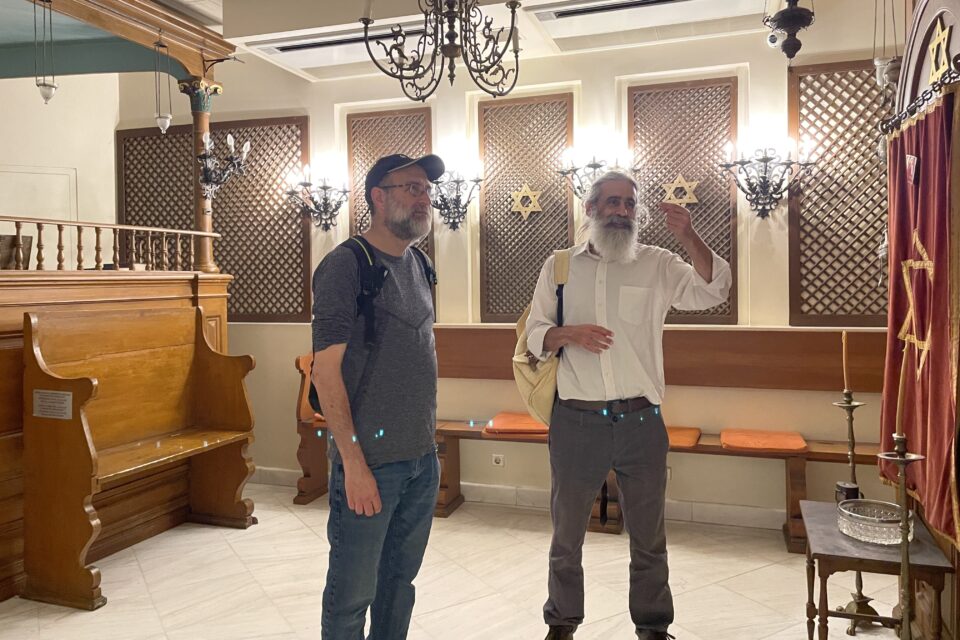
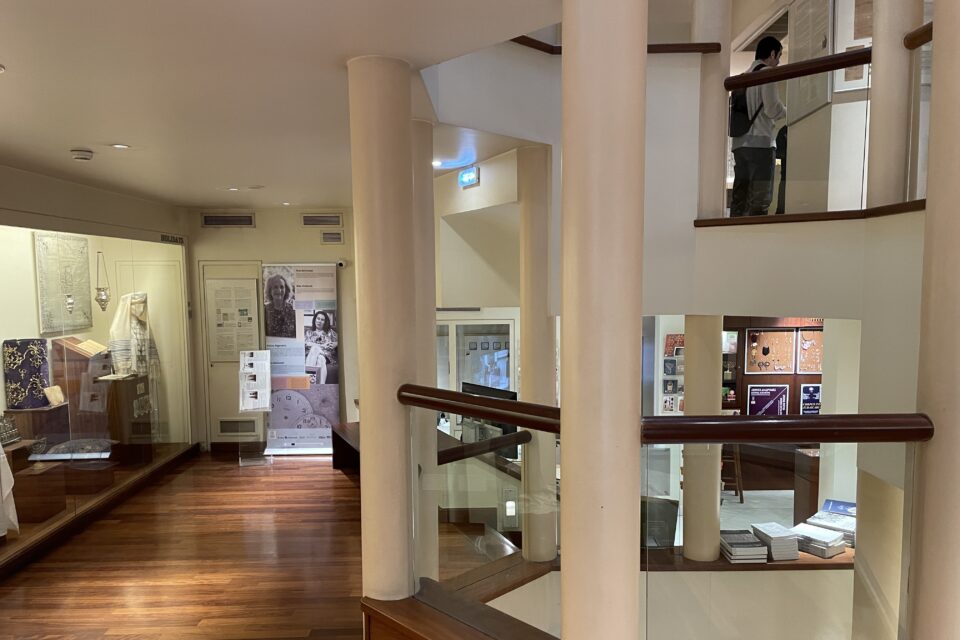
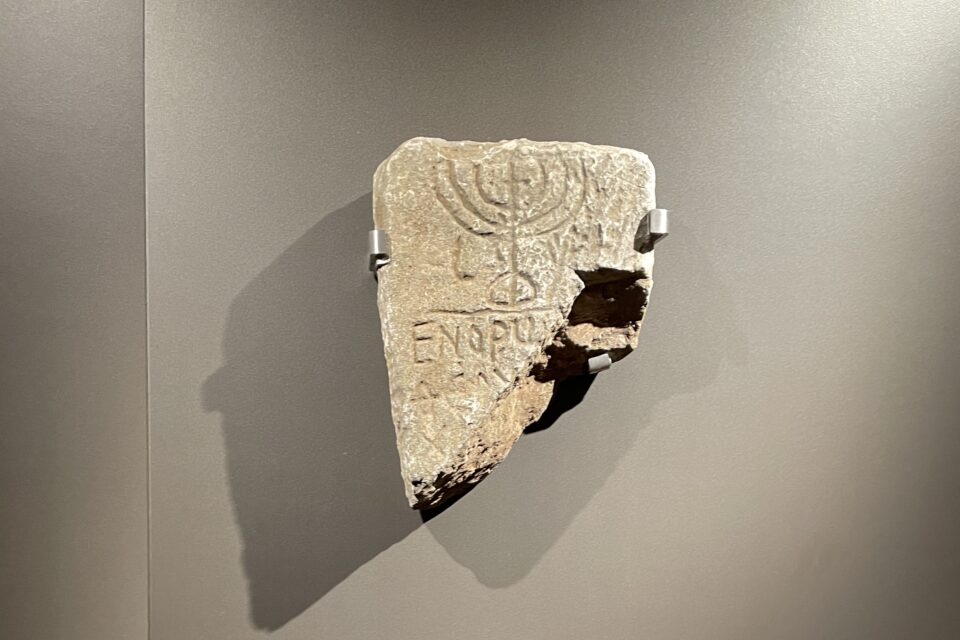
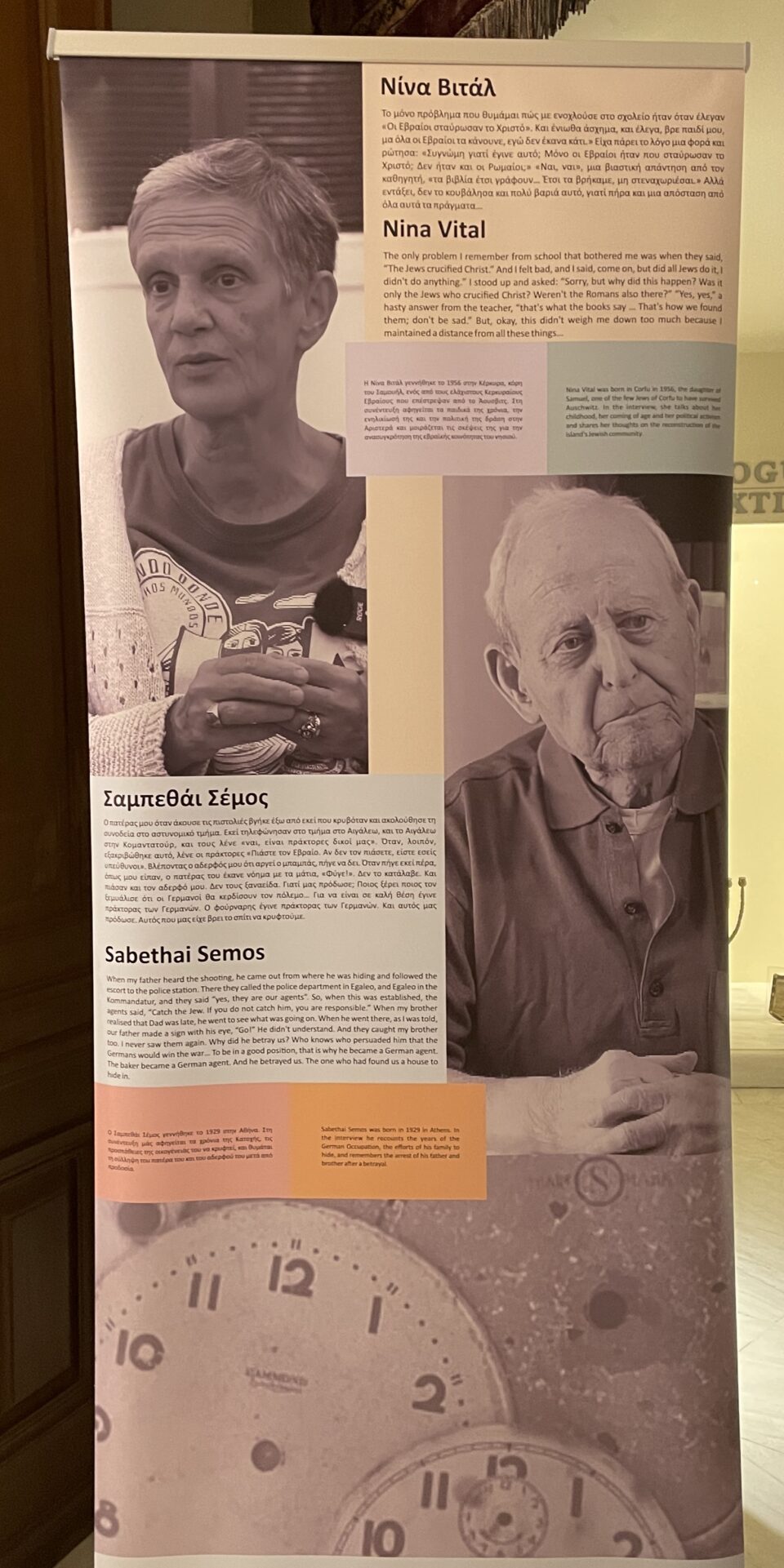
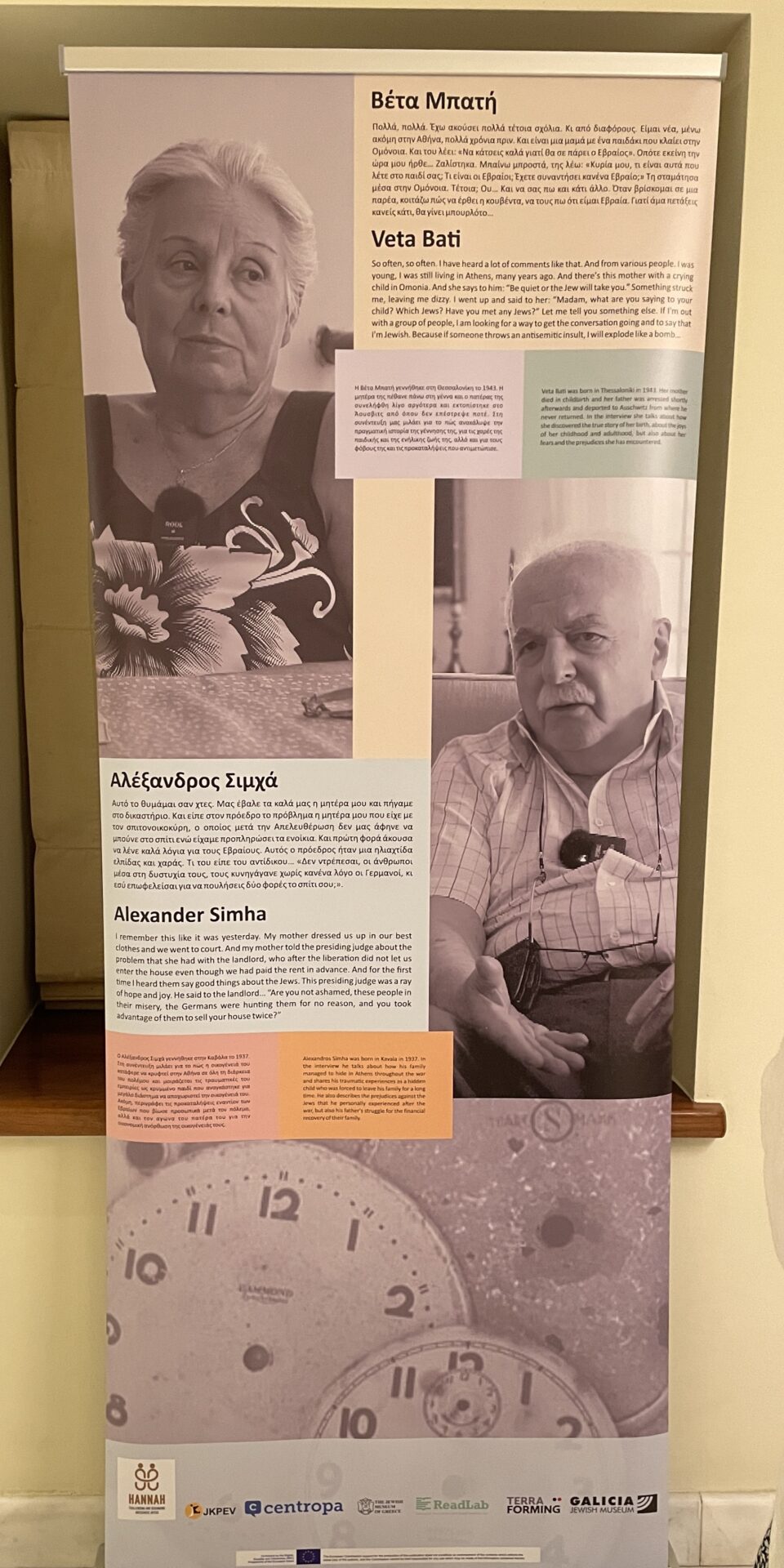
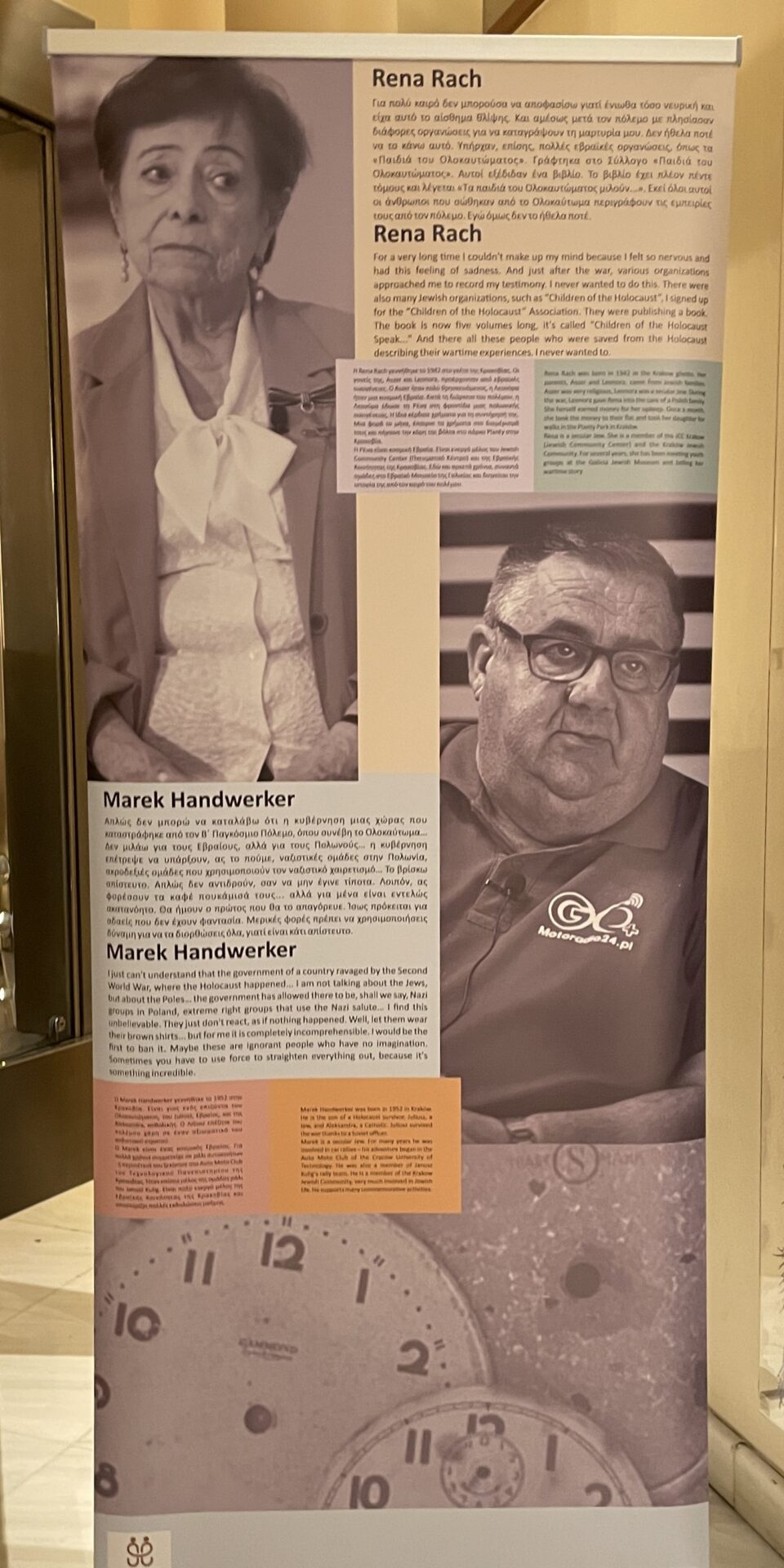
One story that Salvador told stands out, is about a photo in the museum. The photo is of the grandfather of his neighbor who escaped from Auschwitz in January 1945. When he returned to Athens and told people what he had experienced in Auschwitz, people thought he had lost his mind and he was placed in a psychiatric asylum. Only when others returned with the same stories was he released.
From the Jewish Museum, we went to the heart of modern Athens – Syntagma square. On the side of the square is the national parliament building, and people line up along its front to watch the hourly changing of the guards. These guards are soldiers doing their military duty. There is a military draft in Greece, and today if you are selected, you must serve for nine months.
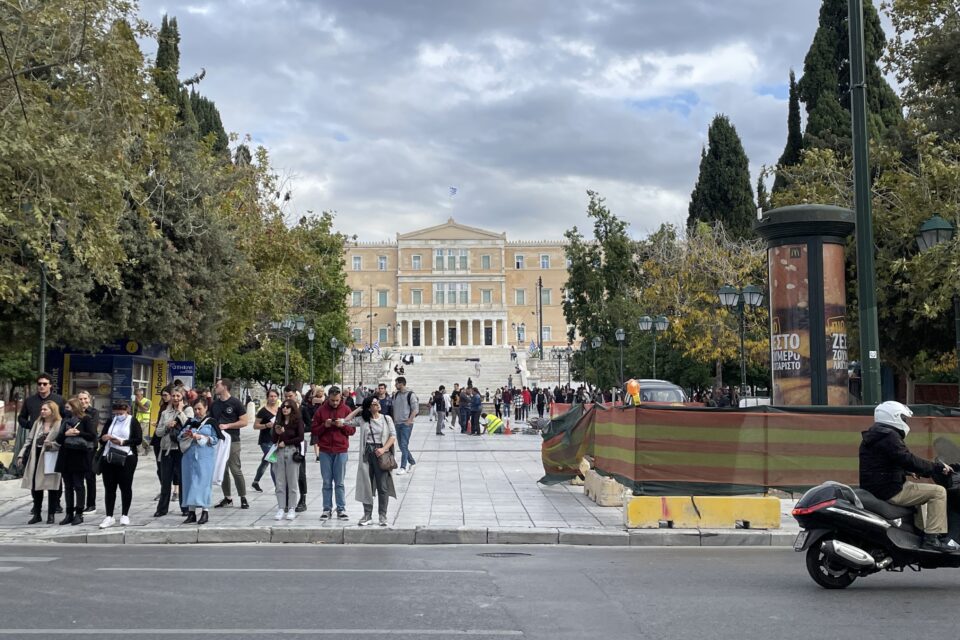
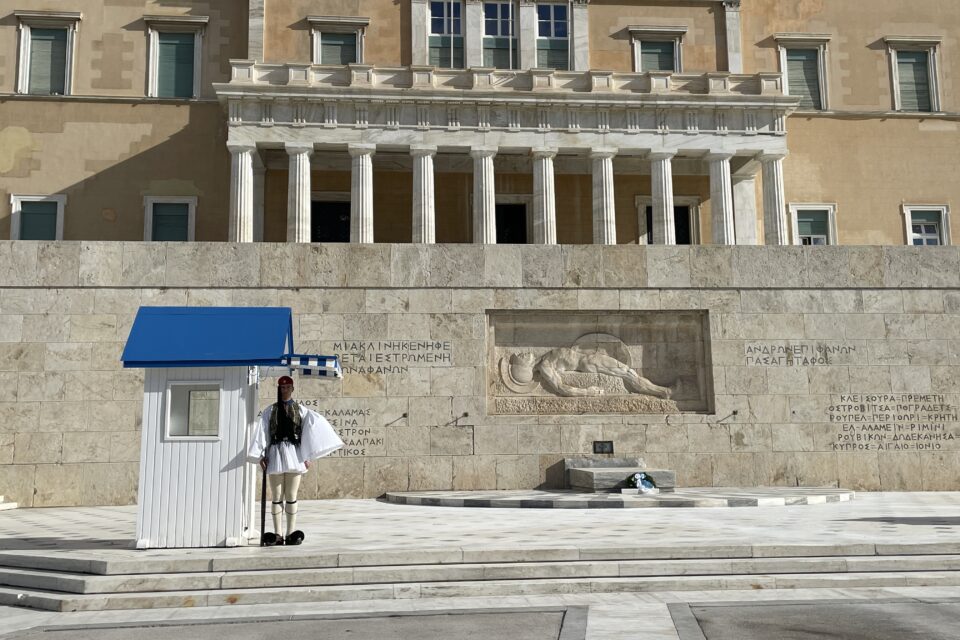
From here we said our good-by to Salvador. Our three-hour tour turned into five enjoyable hours together. If anyone is ever in Athens, we highly recommended to tour with him. You can register at www.jewishtours.gr.
After the tour, we went to the local Cosmote store. Cosmote is one of the larger Greek cellular providers. We had gotten a local sim at the Thessaloniki airport when we arrived (I though the airport store would be most trustworthy). We paid for a 30-day package, and now after 18 days, we no longer had internet or phone service. We went to inquire what happened. Turns out the airport store was not as trustworthy as we had thought – the sim they gave us had already been used under a different name for 10 days before we arrived, with lots of calls and usage, and our package had reached its limit. We had been duped. A new package was being sold here at less than 1/3 the price of what we paid at the airport. Cosmote tried to update our SIM with the new package, but were not successful. At the end, the clerk just extended the package that we already had for two more weeks, giving us lots of data and phone calls. She said to consider it a gift from Greece. This was typical – almost all the Greek people we met were very nice, very helpful and very generous to us.
Our last stop, was the statue of Archbishop Damaskinos located in front of the cathedral church of the Archbishopric of Athens. This is the same Archbishop that was inscribed in the Book of the Righteous that we had seen at the beginning of the day. On the back of the statue is says “Archbishop Damaskinos during the German occupation (1941-1944) assisted the people who suffered and defended their rights and freedom and opposed strongly to the persecution and Holocaust of the Greek Jews“
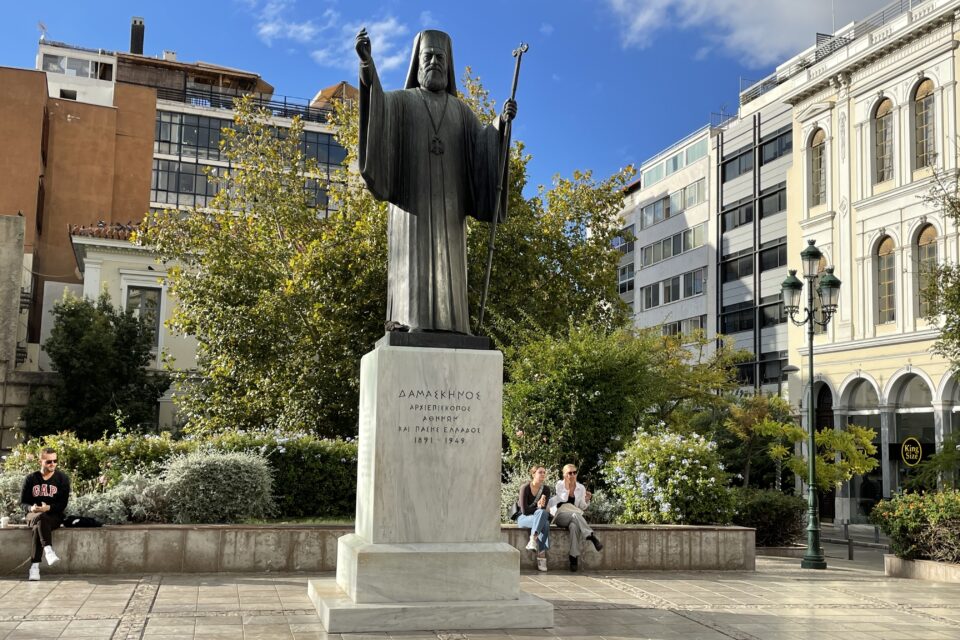
Feeling we should give Chabad some patronage, we then shared a large appetizer plater of different salads at their restaurant as a prequel to dinner. After that it was back to the apartment, and the usual evening activities. Tomorrow we continue to see more of Athens.
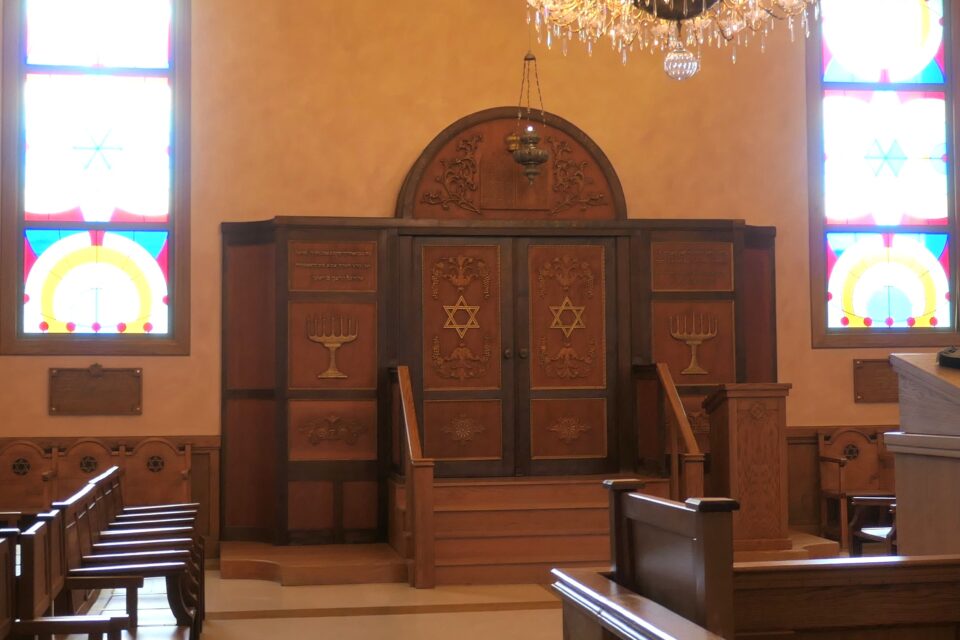
All the greek people except for those at the airport!